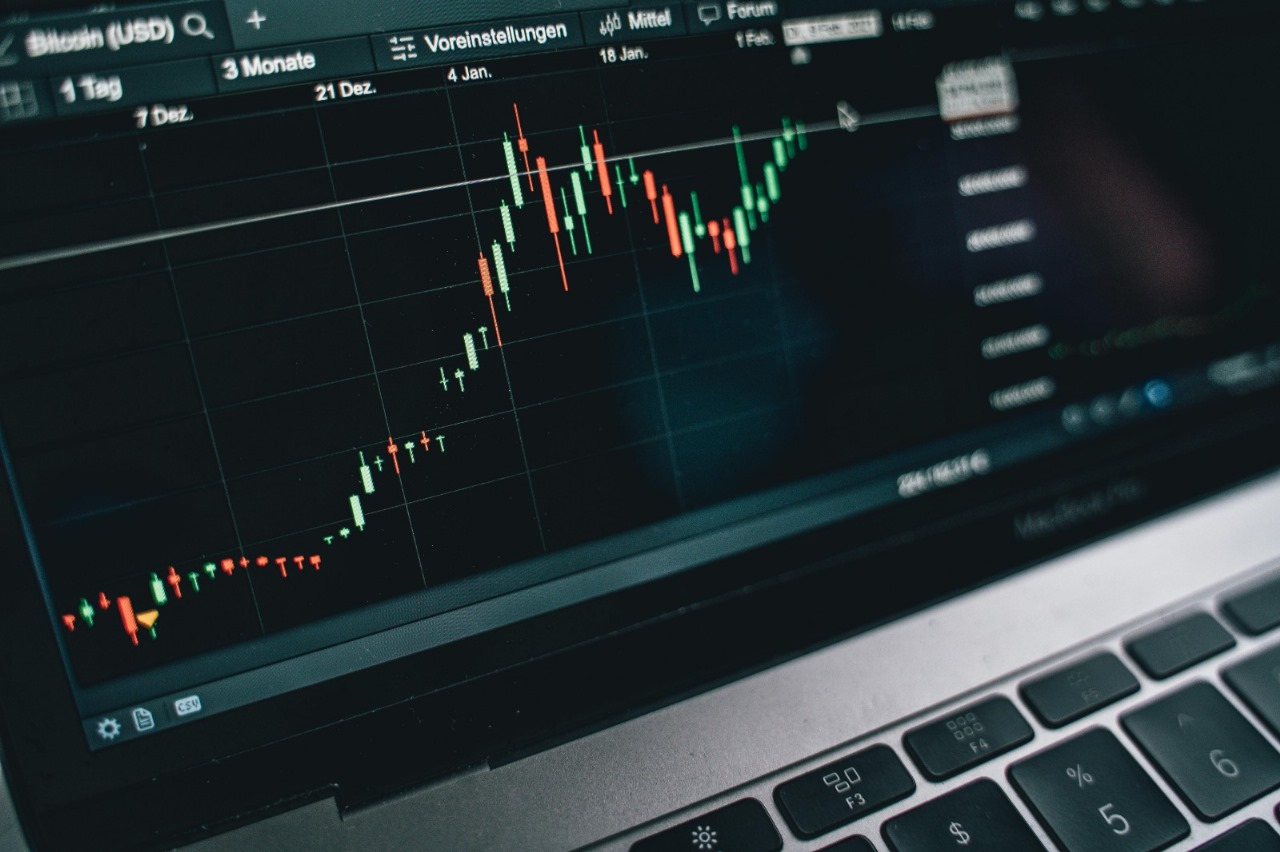In today’s fast-moving financial world, many traders rely on Forex Signals to stay ahead of market shifts. These signals provide clear trade recommendations, helping traders save time and reduce guesswork. But simply receiving a signal isn’t enough—how you use it determines whether it boosts your results or drains your account. In 2025, with signals powered by both human expertise and AI, mastering their use is more important than ever.
Why Effective Use of Forex Signals Matters
Forex Signals can open the door to profitable opportunities, but only if applied correctly. Traders who treat them as shortcuts often face losses, while those who integrate them into a disciplined strategy see consistent improvements. The difference lies in how effectively you interpret and act on the signals.
Expert Tips for Making the Most of Forex Signals
1. Choose a Reliable Provider
Not all Forex Signals are created equal. Look for providers with a proven track record, transparent results, and risk management built into every trade. Verified performance and positive community feedback are signs of reliability.
2. Always Use Risk Management
Even the best Forex Signals are not 100% accurate. Place stop-loss orders as recommended and never risk more than a small percentage of your capital on a single trade. Risk control ensures that one bad trade won’t wipe out your gains.
3. Don’t Follow Blindly
Treat signals as guidance, not guarantees. Cross-check them with your own analysis or trading plan. This builds confidence and sharpens your decision-making over time.
4. Act Quickly, But Not Rashly
Since markets move fast, timing is critical when executing Forex Signals. However, avoid rushing in without confirming details like lot size, risk tolerance, and account balance. Precision matters as much as speed.
5. Match Signals to Your Style
Day traders, swing traders, and long-term investors all benefit differently from Forex Signals. Choose providers that match your preferred timeframe and strategy to avoid conflicting trade setups.
6. Keep a Trading Journal
Record every Forex Signal you follow, including the result and your reasoning. Over time, this helps you identify which signals and strategies work best for you, while eliminating costly habits.
7. Balance Signals with Education
Don’t rely entirely on external signals. Use them as a learning tool to understand patterns, strategies, and market behavior. The more knowledge you gain, the better you can evaluate signals and adapt them to your goals.
Common Mistakes to Avoid
While many traders use Forex Signals successfully, some fall into traps that reduce their effectiveness.
- Overtrading: Acting on every signal without considering your account size.
- Ignoring Stop-Losses: Skipping risk management is a recipe for disaster.
- Provider Hopping: Constantly switching between providers prevents consistency.
- Emotional Trading: Doubting or hesitating when signals appear leads to missed opportunities.
Avoiding these mistakes can turn signals into a genuine edge rather than a source of frustration.
Combining Forex Signals with Automation
In 2025, many traders combine Forex Signals with automated tools. Some platforms allow signals to be executed instantly by bots, ensuring no delays. However, automation should still include manual oversight to adapt when market conditions shift unexpectedly.
Conclusion
Forex Signals are powerful tools, but their true value lies in how traders apply them. By choosing reliable providers, using strict risk management, and aligning signals with your trading style, you can unlock their full potential.
At FX News Group, we believe that mastering Forex Signals isn’t about following blindly—it’s about integrating them into a disciplined, informed strategy. Apply these expert tips, and you’ll transform signals from simple alerts into a foundation for smarter, more confident trading.
